Distressing furniture is perhaps one of the most popular techniques right now, yet so many people don’t fully understand what it even is or how to get the look they want. I have had countless people try to explain to me how they want their furniture painted, yet they didn’t know the wording. About 90% of the time, the end result is a distressed piece, but they had no idea how to tell me that. Only after looking at a picture of what they wanted did I know what they truly had in mind. I felt like a post completely dedicated to distressing furniture would be good, because I can really dig into WHAT it is and HOW to achieve it. Distressing can be achieved different ways, yet the results are very similar.
What is Distressing??
The dictionary definition of the word distress is “to afflict with great pain, anxiety, or sorrow; trouble; worry; bother.” To be truthful, this is kind of what we are doing to furniture when we distress it. We are beating it and marring it to make it “look” older/aged. We are putting it through the ringer, per se. The piece is going through great “pain” to get to its achieved look.
Here are a few pictures of some pieces that I have painted that have been “distressed” and how I got that exact look using different techniques:
Different Distressing Techniques (that I have used)
1) Watered Down Paint
This is a little sign I made from pallet wood last Spring. The pallet board was a natural wood, and I simply took some white acrylic craft paint and mixed it with water so that it was very watered down. I then barely dipped my paintbrush into the paint and went over the board with 1 light coat, making sure to not cover it completely. This gave the board a weathered/distressed look that I wanted. This is a very simple technique, and I feel like it works best when you are working with a piece that has a dark finish. It looks the most dramatic when you are covering a dark finish with a light paint. Be sure to water down your paint and BARELY dip your brush into the paint so that you do not end up with too much paint. I also suggest using the cheap little chip brushes for a small project like this, where you do not want even coverage.
Full post for how to make this Spring sign is here!
This piece was painted using this same technique. I did NO sanding- just simply brushed over it with my chip brush. You can see the full makeover HERE.
2) Layering Paint
One very easy way to distress is by simply layering paint. The technique is very similar to the watered down paint technique, but instead of using the original finish as the main coat, you will paint your entire piece with the color that you want to show through, then you will go over it (once fully dried) with another color, using the exact same technique as the watered down version. You will gently dip your brush and allow as much paint to show through as you desire. When you are done, your piece will have a distressed look, using paint alone.
I used this same technique on this gorgeous thrift store frame! LOVE how it turned out. You should see the BEFORE picture.
3) Distressing with Dark Wax
This is one of my favorite methods of distressing because it tends to have the most dramatic end result, and I love some dramatic makeovers!
There are LOTS of tutorials on how to use dark wax, and I will link to some of those at the end of this post as well, for even further information, but I have to be honest, I don’t do things the way most people do! (Who would have ever thought that??)
I want to share with you how I use dark wax, even though it is different from a lot of other people’s techniques. I have used this way for a long time, and I have always loved the end result and the feel of the pieces when I am finished, so I feel good about sharing this with you. When I am painting a piece that I want to use dark wax on, I always paint the piece with a color that I do not mind altering in the end. I say that because when using dark wax with this technique, your color WILL be altered. It will be darker and have a much different look when the wax is applied. You can avoid the color change more by using clear wax BEFORE the dark wax so that the dark wax does not completely penetrate the original paint. It acts as a barrier, I guess you could say. I like the majorly altered look, so I always use the dark wax directly on the paint (when painting my OWN furniture–if painting for others, I do whatever they want, obviously!).
I use Annie Sloan’s Dark Wax. I have had the same can FOREVER (like 4 years) and still have over half a can. A little goes a looooong way. (not an affiliate link!)
And for waxing of any kind, this is the BEST brush to have. I do not feel that you have to have any certain name brand of this brush, but the brush is very important in getting into the grooves and holding the wax. This kind has natural bristles and works great for waxing and for painting in general. You can buy this brush here on Amazon.
So, now that you know what kind of wax and brush I use, I want to share HOW I obtain the distressed look.
First, paint your furniture in your desired color. Chalky paint works best, in my opinion, with dark waxing.
After your paint has completely dried (overnight), you can start applying your dark wax to your piece.
You will dip your brush into the wax (BARELY- trust me, it does not take much at all!) and start rubbing it all over the piece, in sections. After you have applied to a section, take an old rag and wipe it off. Continue doing that on the entire piece. When it is completely covered, make sure that all of it looks like you want. I then take a light sanding block or small piece of sanding paper with light-medium grit and sand down the edges slightly to finish out the look.
I did all of these pieces with this technique: Click on the post to see full details.
Fred’s Side Table Makeover Post
4) Vaseline Distressing
This is a fun and easy technique that I love to do for pieces that have a bit of texture and groove. To do this technique, simply put some Vaseline on your fingertip and rub it on the places that you do NOT want paint to adhere. You can paint the piece beforehand to have a certain color showing through, or you can use the existing color of your piece, if you like it.
In this example, I had a plain black frame with lots of grooves in the detailing, and I decided to let the black show through without painting first. I LOVE the end result.
To see the full post, click on How to Distress with Vaseline!
A Crafted Passion also did a gorgeous makeover to her bench using Vaseline!
5) Sanding Technique
The most popular technique for distressing a piece of furniture (or any decor for that matter) is to simply sand the piece. To do this technique, simply paint your piece in the desired color and then go back with a sanding block or piece of sand paper and sand down the edges slightly, to give that weathered look. Easy peasy! Nothing to this technique, really. If you want a heavy distress, sand a whole lot, and if you want a light distress, just lightly sand the edges. It all depends on how distressed you want your piece to be!
This piece was done using the sanding technique and haphazardly painting the first layer. I DID use a clear glaze over this piece in the end, but it did not change the look at all. You would not have to do that if you didn’t want to.
This was a neat makeover using flooring as the top to the coffee table! Go HERE to see full post!
Now, there are many different ways to achieve the distressed look- and in my opinion, there is no right or wrong way. I like doing different things to different pieces, and if the end result is what I wanted, I am happy. I am not a cookie cutter painter with a set formula for perfection. I try different things and experiment with different techniques. Today, I just wanted to showcase some of the techniques that I like and use and how they work.
6) Vinegar Distressing
I have not personally tried this technique, but my friend Kristen from Timeless Creations used this vinegar technique on a dresser makeover she did, and it turned out gorgeous! You can see her full tutorial HERE!
I hope this post helped you understand what distressing is and the many ways it can be achieved. I would love to answer any other questions you may have about distressing, so feel free to ask in the comments or email me!
Feel free to PIN this post for later! There is a lot of information to take in!
Follow along by e-mail and never miss a post!
Last Updated on January 3, 2017
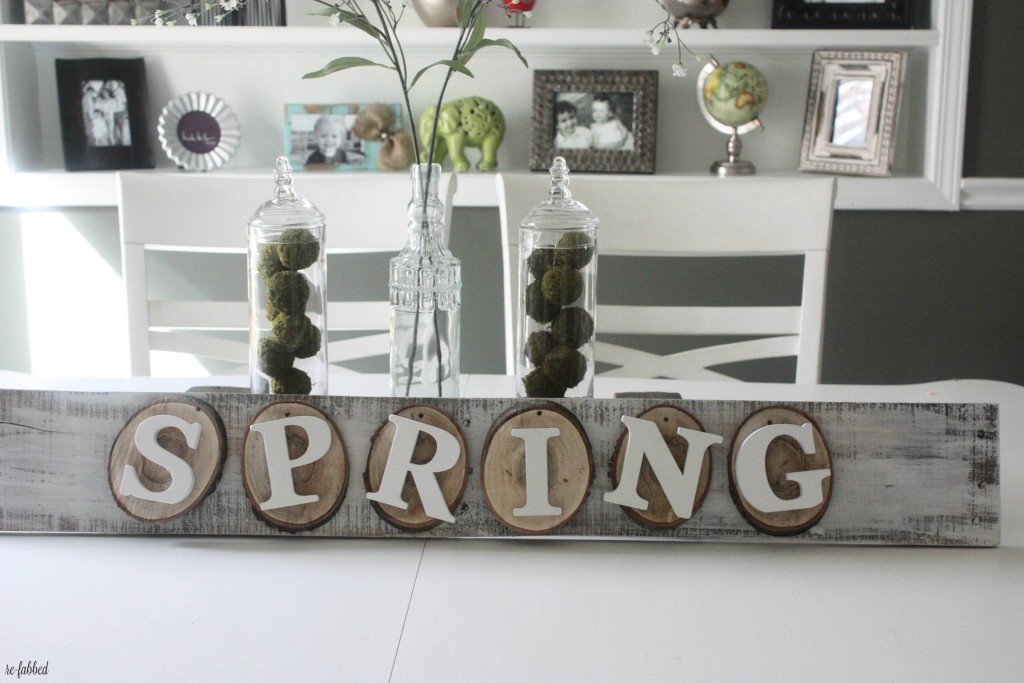
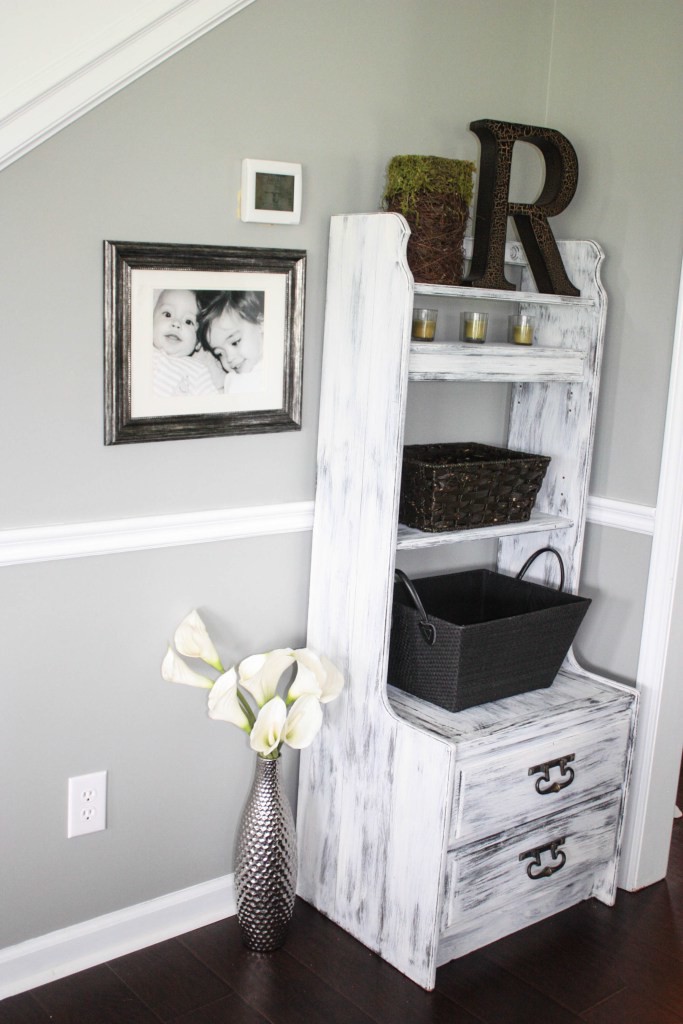
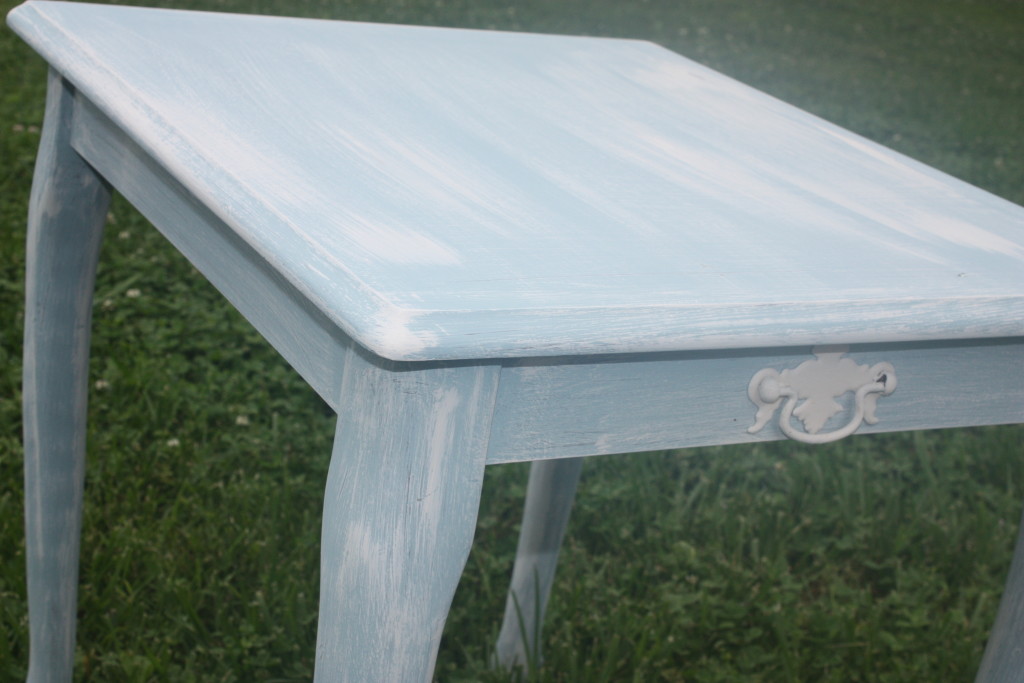
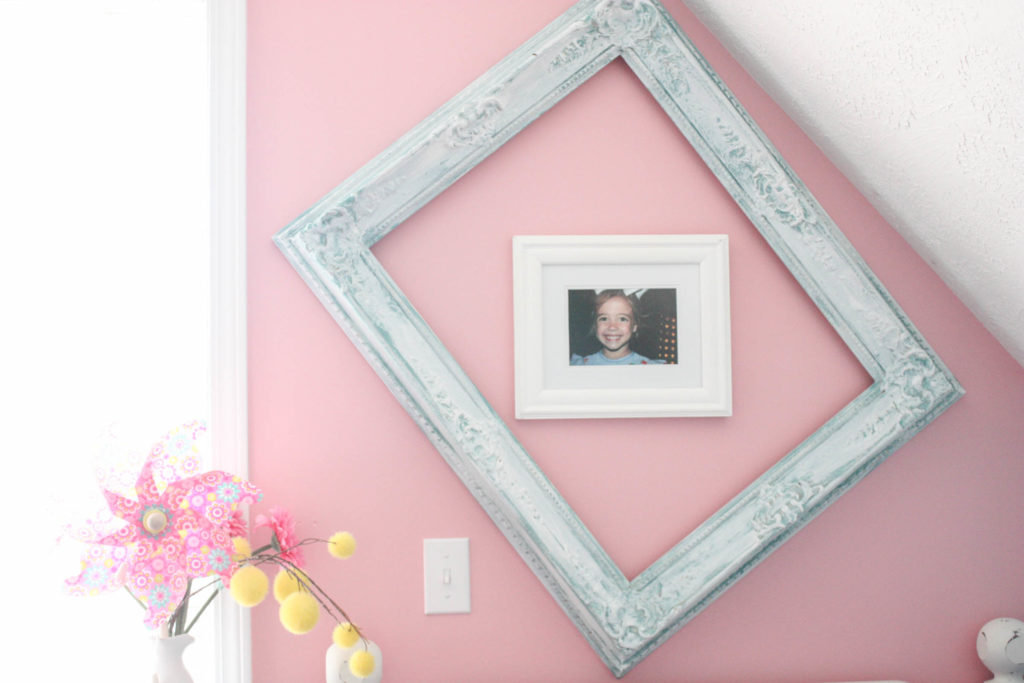
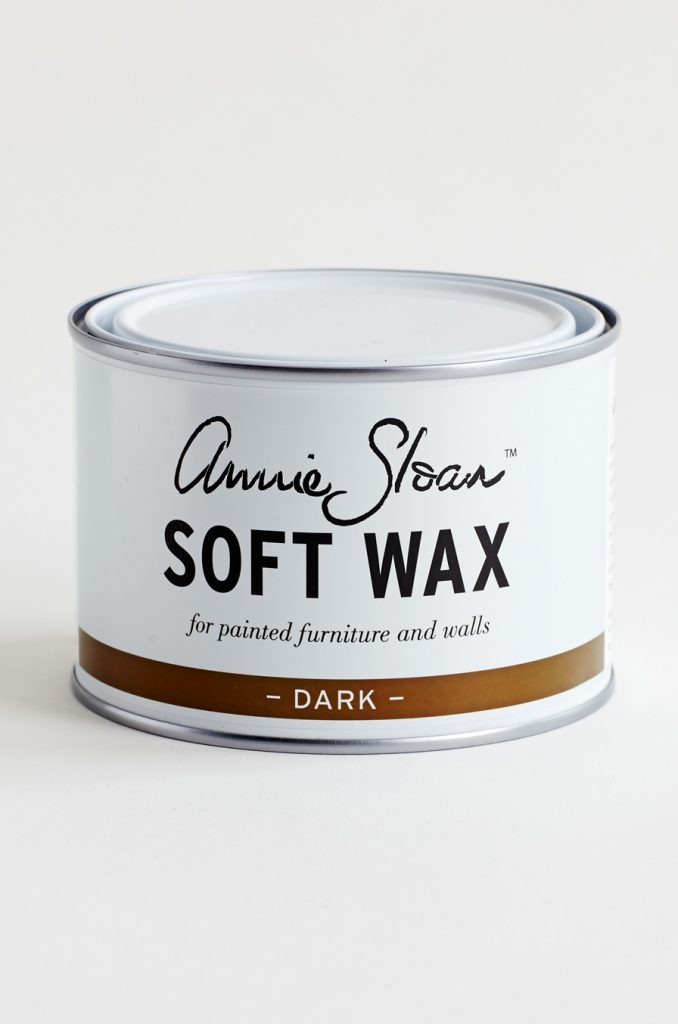
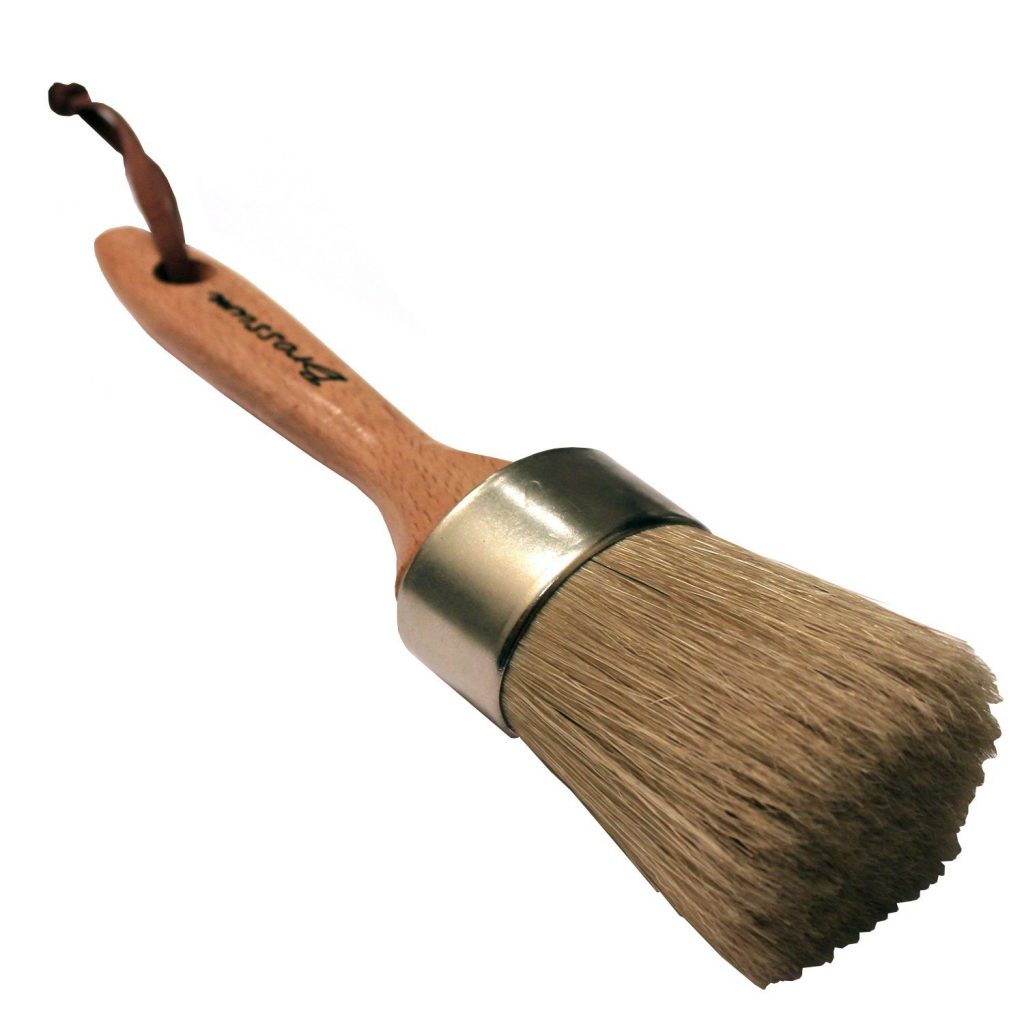
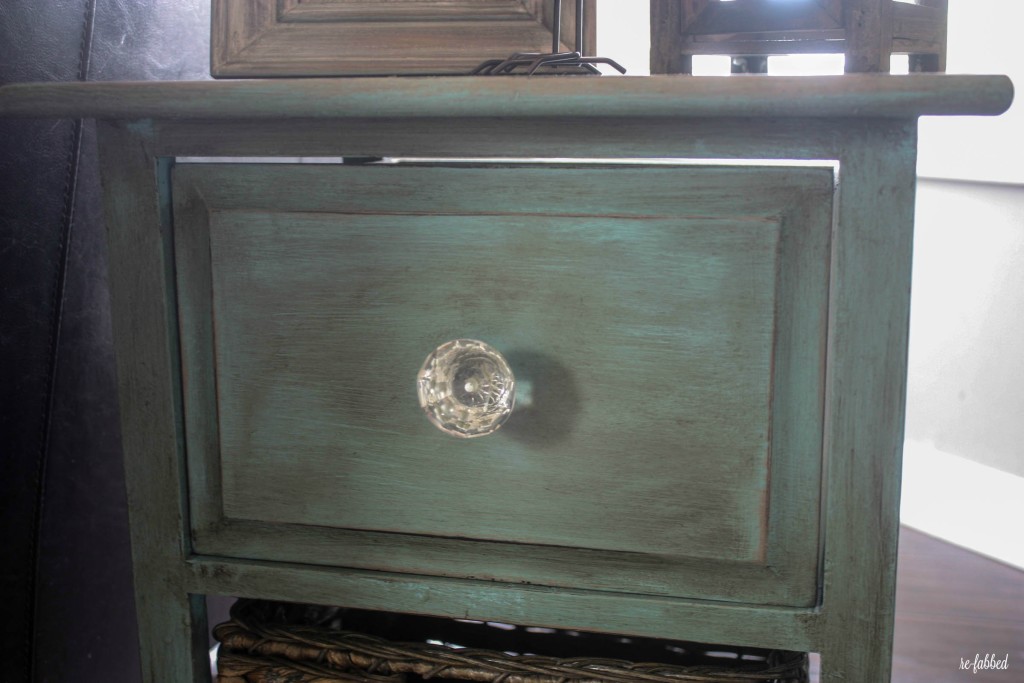
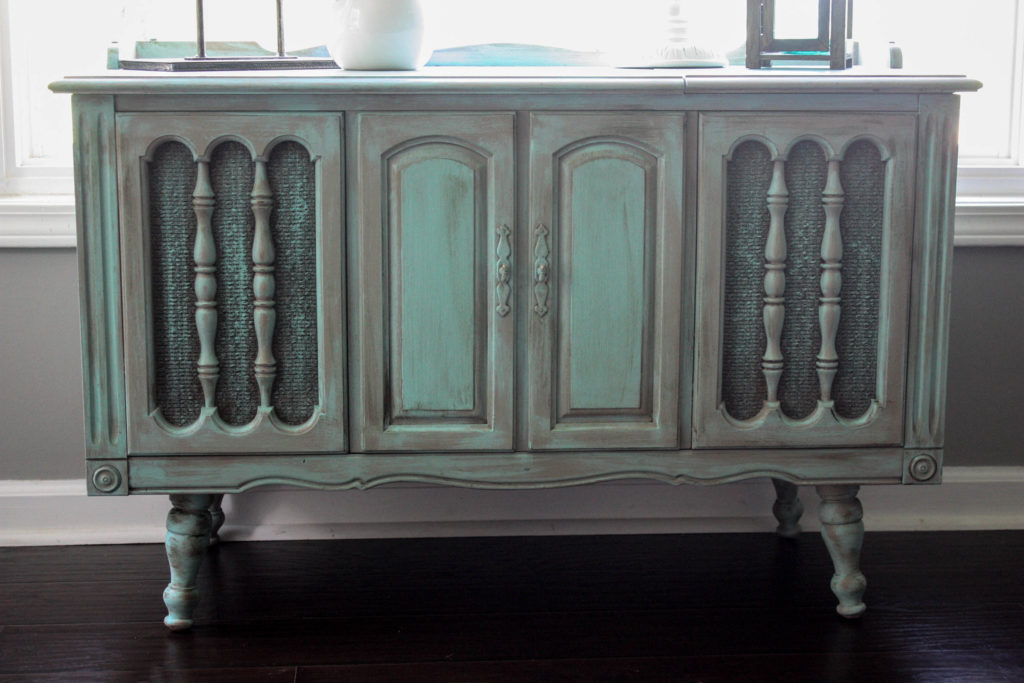
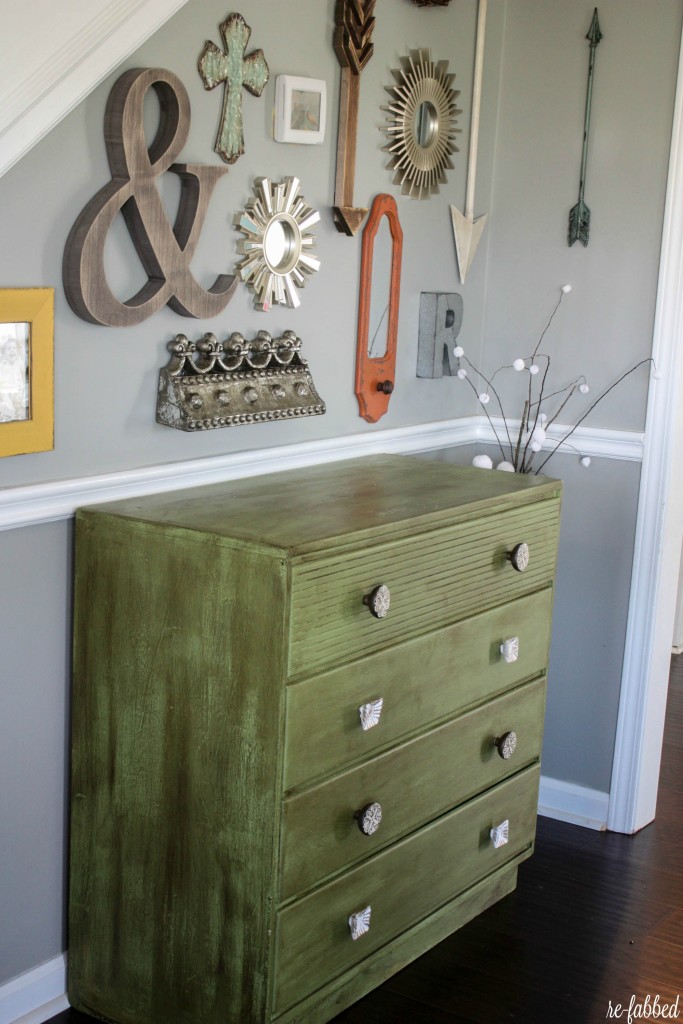
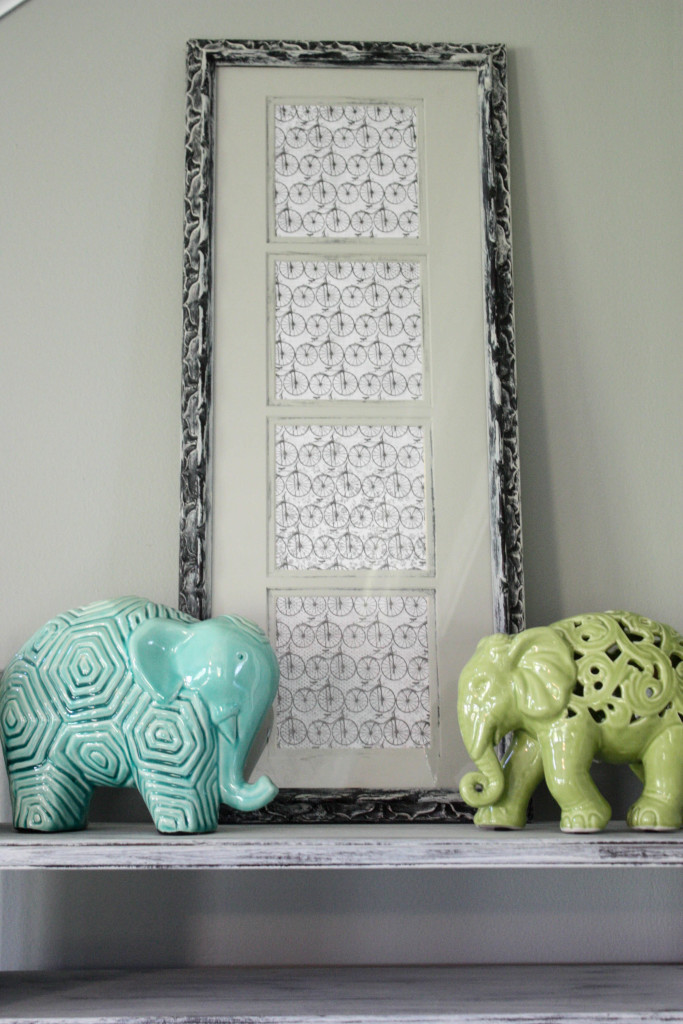
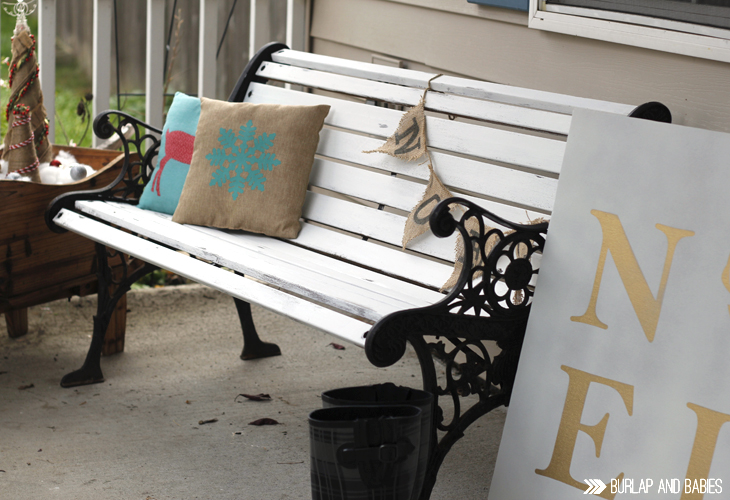
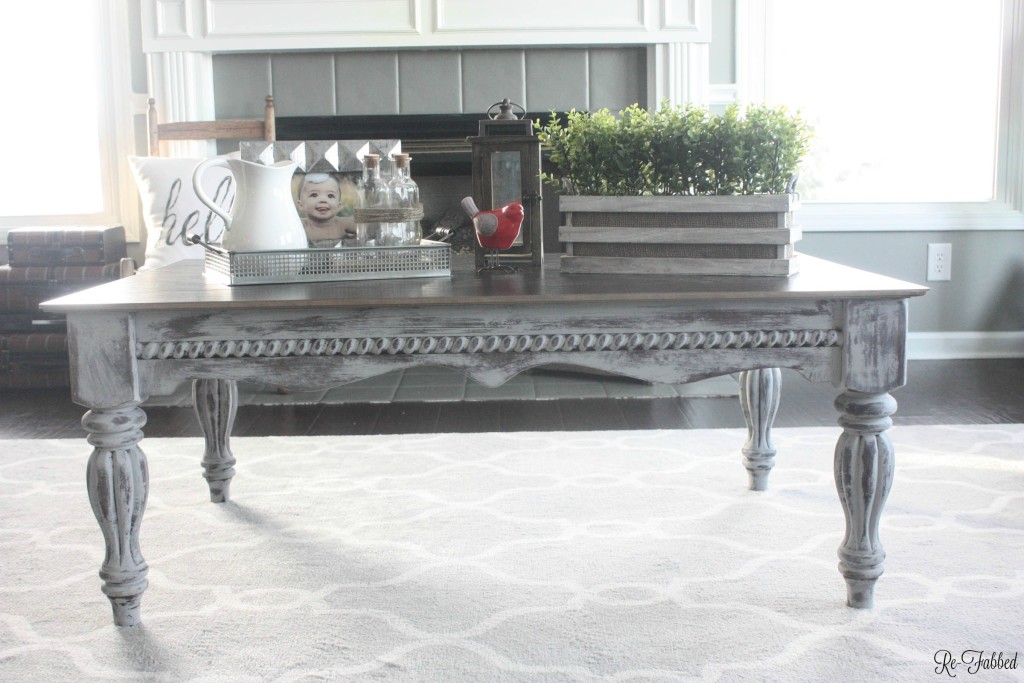
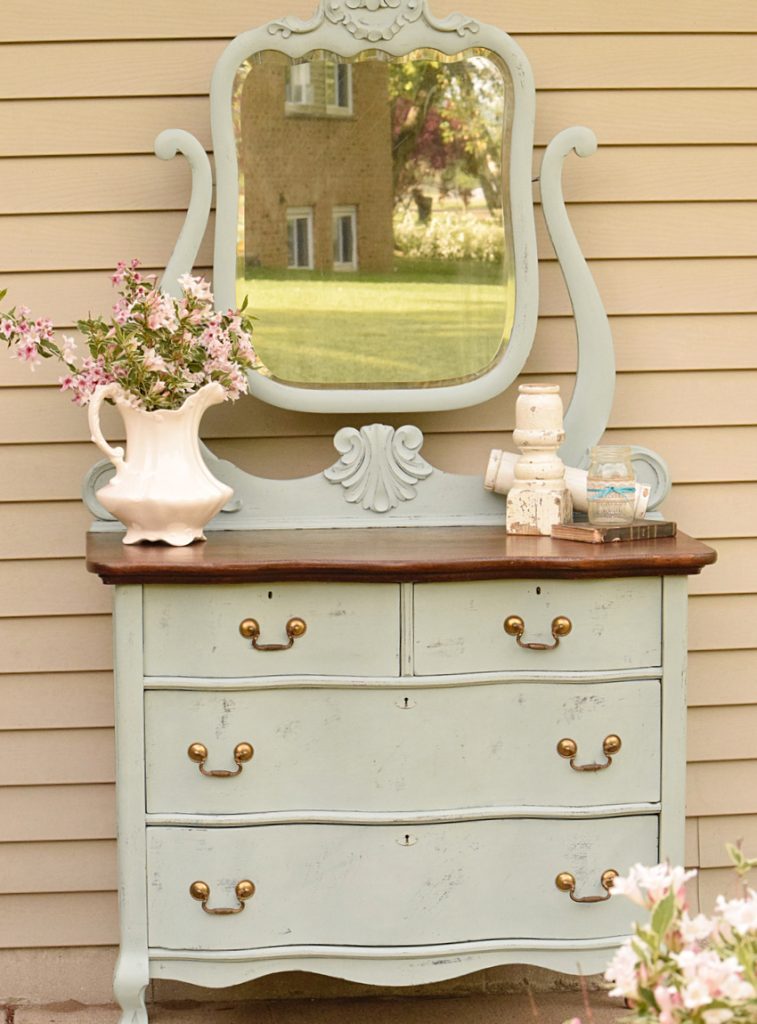

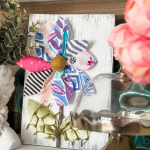
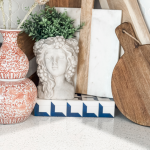
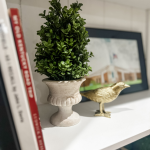




Leave a Reply